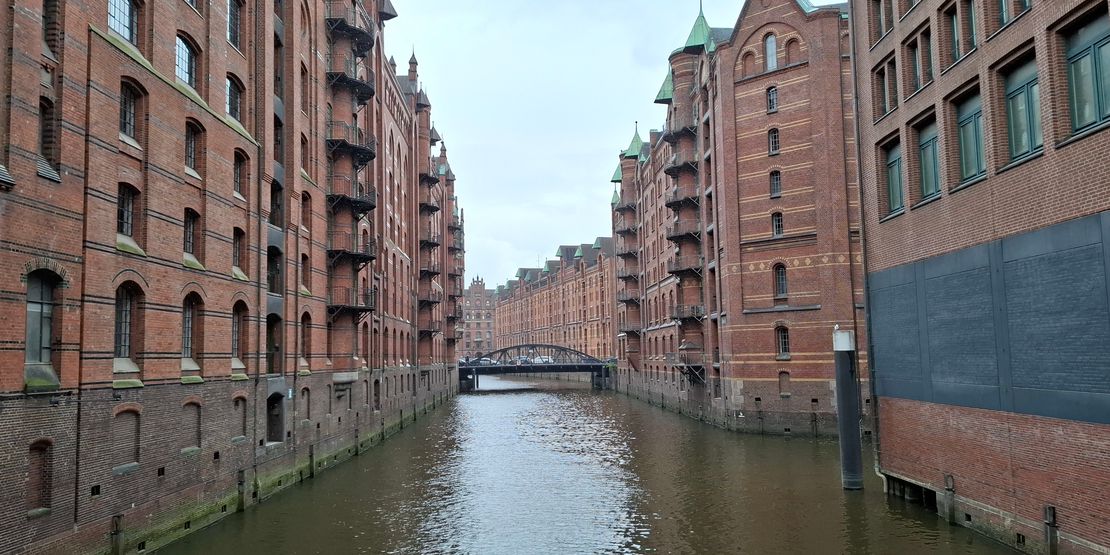Circular Economy

The driver in this ‘linear’ economy is the accumulation of money units, and this requires continuous extraction of raw materials and labour power, plus the resultant ‘externalities’ of pollution and resource depletion. This is facilitated by a global financial system in which money is largely created by banks (sources), and sooner or later disappears into the coffers of multinational corporations or offshore tax havens (sinks). Value production is considered a necessary cost along the way to making money, rather than the primary purpose; the economy has become a machine for turning the biosphere into money tokens.
It follows that so long as economic relations are mediated and transacted via the (approximately linear) global financial system, policy drivers – whilst welcome and necessary – will have limited effect on adding value via circular material flows.
From this angle, it can be seen that although the term ‘circular economy’ is typically understood to refer to material flows, circular financial flows are a necessary part of the picture. If goods and services are to follow circular patterns, so too must payments, and here it is possible to bring simple financial incentives, as provided by Clearing Clubs, into play.
These incentives combine with enhanced agency to drive the bottom-up emergence of material circularity. Since this is limited by access to materials (raw or processed), the tendency over time will be towards increasingly adding value to what is available locally. Increased capacity and shorter supply chains build resilience – especially in key areas such as food security – and reduce environmental impact, complementing policies aimed at mitigation and adaptation to the climate and ecological emergencies.
Of course, all this focus on localism is just that – a focus. It is neither expected, nor desirable, that local economies should become entirely self-sufficient, entirely self-contained. The purpose of an economy, after all, is to support the diversity and specialisation that allow people to flourish in myriad ways. So whilst local circularity urgently needs to be increased beyond its desperately weakened condition, this won’t be achieved overnight, and particularly at the outset, the majority of supply and demand opportunities will still sit outside any single network. Rather than creating larger networks with centralised management, the answer will be exchange between smaller networks.
As a vital part of a circular economy, Clearing Clubs introduce financial incentives for local business networks.